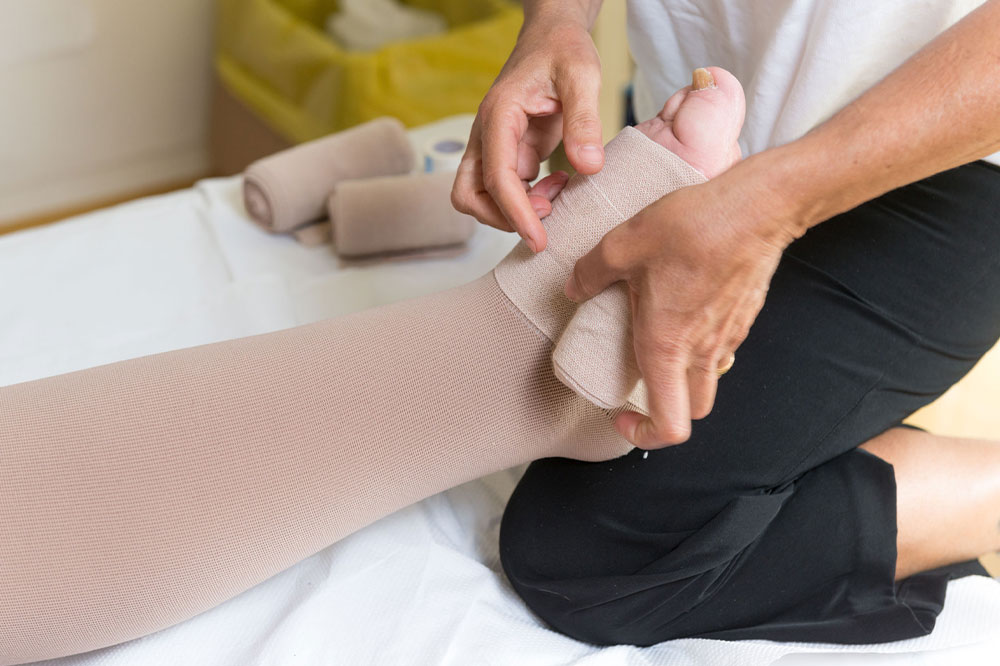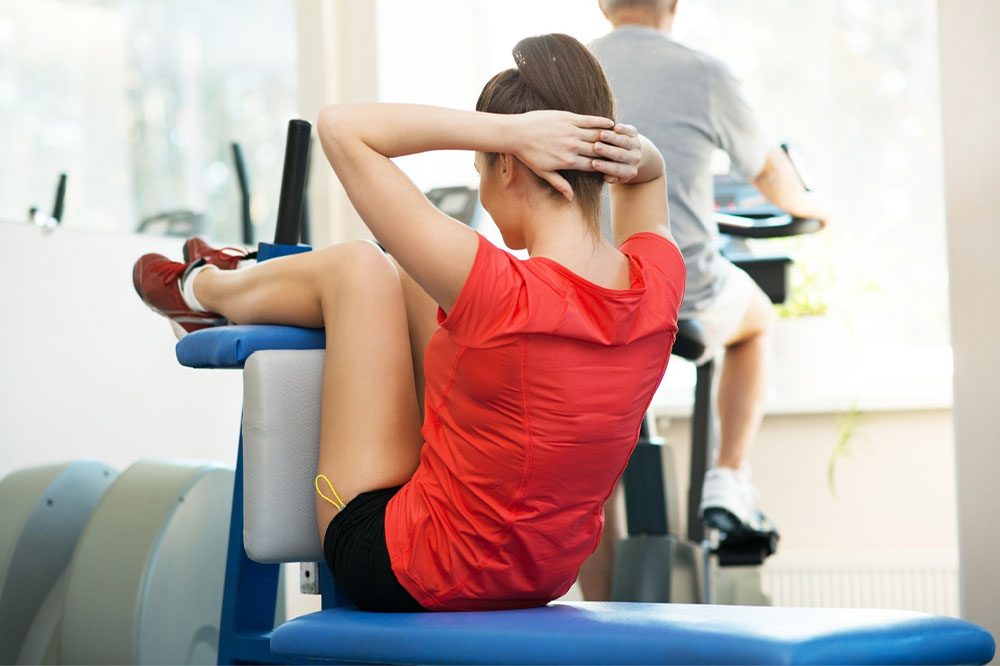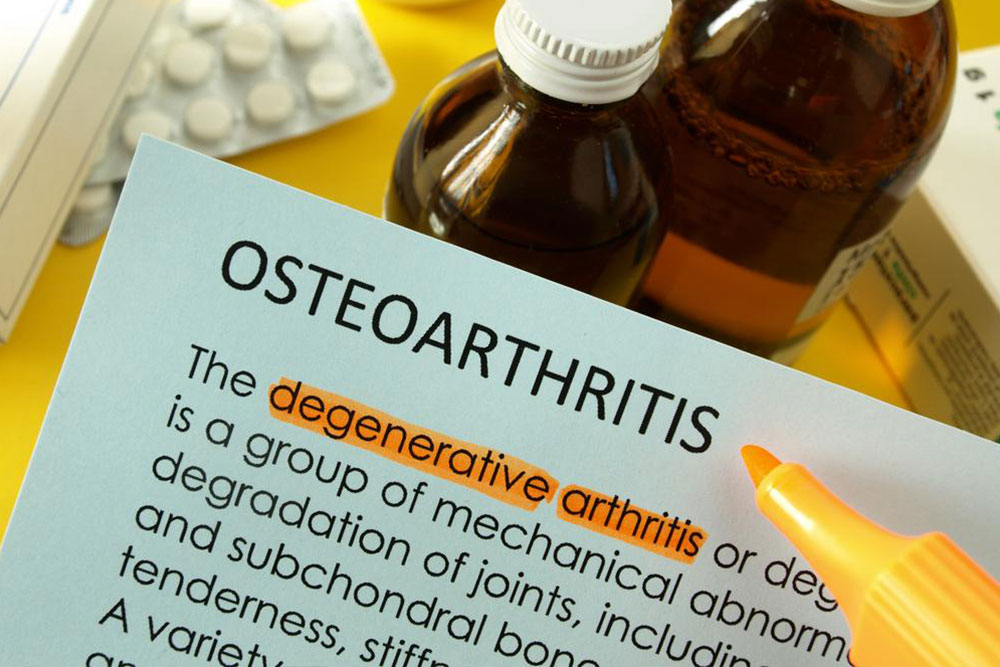Effective Exercise Strategies for Managing Lymphedema
Discover effective exercise routines to manage lymphedema symptoms safely at home. This guide highlights essential workouts, tips for proper technique, and the importance of medical guidance. Regular activity improves lymph flow, reduces swelling, and enhances mobility, making it a vital part of long-term management. Remember to consult your healthcare provider before starting any exercise program to ensure safety and effectiveness.

Effective Exercise Strategies for Managing Lymphedema
Lymphedema causes persistent swelling and discomfort in areas such as the arms, legs, breasts, or torso, usually resulting from damage to lymphatic channels during cancer treatments like surgery or radiation. The condition involves lymph fluid buildup due to blocked vessels or nodes. Engaging in targeted physical exercises can facilitate lymph flow, alleviate symptoms, and improve overall mobility. Proper exercise routines are essential parts of managing lymphedema effectively.
The importance of exercise in lymphedema management
Recognizing symptoms early and adhering to recommended treatments are crucial. Left untreated, fluid accumulation may lead to increased infection risk, pain, and further swelling.
Working with professionals, individuals can perform safe, effective exercises at home to reduce symptoms and participate actively in their recovery. Incorporating lymphedema exercises alongside other therapies offers multiple benefits:
Muscle movements promote lymph circulation, helping drain excess fluid.
Maintaining a healthy weight decreases swelling risk.
Consistent activity improves joint flexibility and overall limb mobility, mitigating symptoms.
Top 10 Exercises to Ease Lymphedema Symptoms
Staying active through regular exercise is fundamental in long-term lymphedema management. Starting with gentle warm-up stretches is recommended, along with deep breathing techniques. Always consult your healthcare provider before beginning new routines. Here are ten effective exercises to help control swelling and discomfort:
Pelvic tilts: Lie on your back, knees bent, feet flat. Tilt your hips to press your lower back against the floor. Hold briefly, then relax.
Toe curls: Lie on your back, elevate your legs on pillows, and curl your toes tightly before releasing.
Bridges: With knees bent, lift your hips off the ground, engaging your core. Hold for 10-30 seconds.
Shoulder rolls: Elevate shoulders toward ears, then roll back and down smoothly.
Wrist circles: Extend arms overhead and rotate fists in small circles, switching directions.
Wrist flexion and extension: Flex and extend wrists slowly while arms are overhead.
Fist clenching: Spread fingers wide, then make a tight fist, repeating several times.
Hip and knee lifts: Bring each knee toward your chest, then straighten the leg.
Clamshells: Lie on your side with feet together, then open and close your legs, engaging core muscles.
Torso rotations: Lie on your back and gently turn your torso side to side, holding each position briefly.
Tips for Safe Exercise Practice:
Start slowly and increase intensity gradually, especially if new to exercise.
Maintain good posture to prevent injury.
Use proper-fitting gear and compression garments to enhance circulation.
Combine flexibility, strength, and aerobic exercises as advised by your healthcare professional.
In conclusion, regular movement supports lymphatic health by helping transport fluids efficiently, reducing swelling, and maintaining functionality. Consistent check-ups, combined with tailored exercises and a healthy lifestyle, are key to effective lymphedema management.









